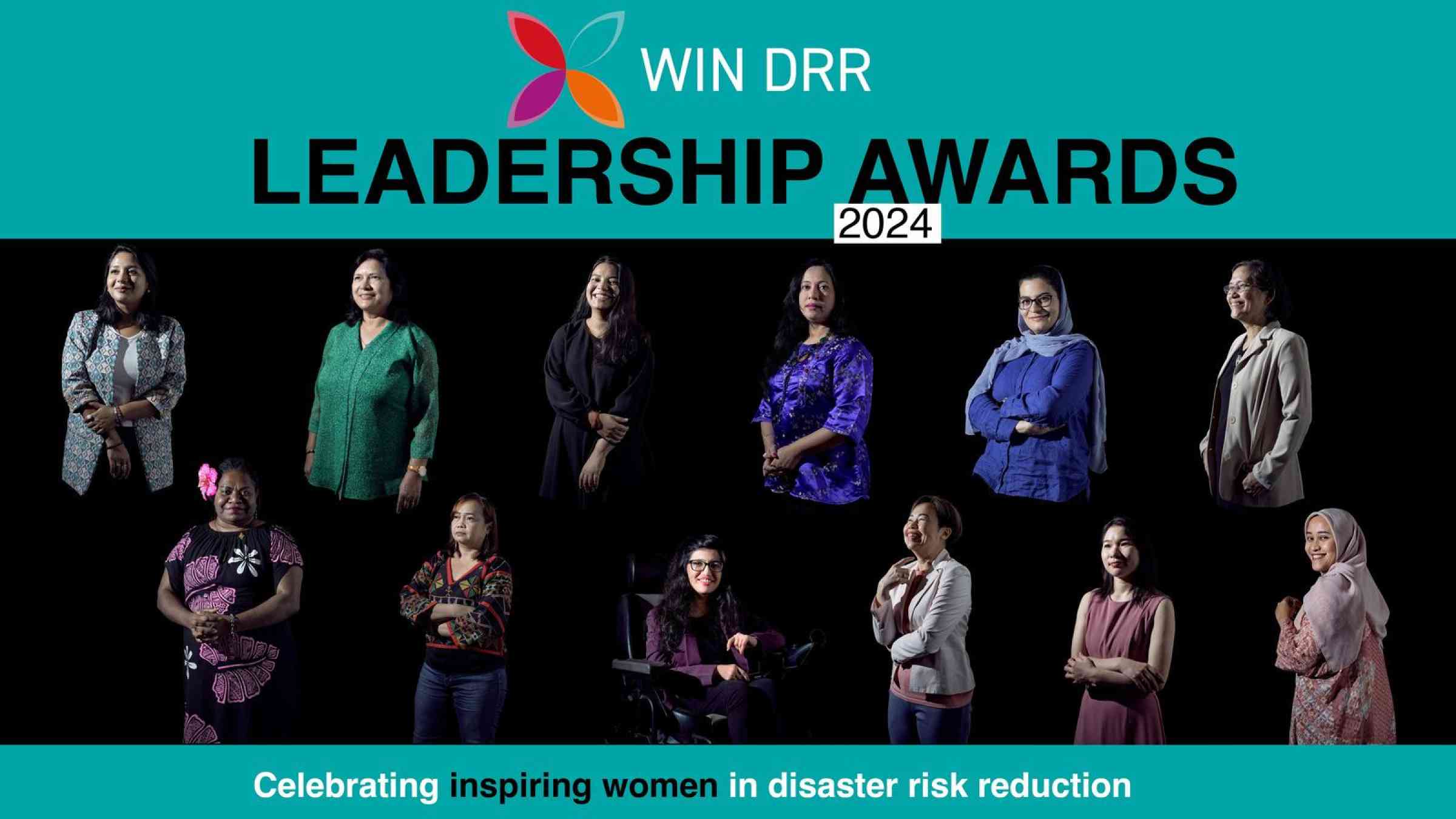Regional Office for Asia & the Pacific
The UNDRR Regional Office for Asia and the Pacific (ROAP) works with governments, United Nations Country Teams, regional and international organizations, and stakeholder groups, to protect people from disasters, build resilience and support sustainable development. ROAP covers 39 countries and 13 territories in Asia and the Pacific. It is based in Bangkok, Thailand, with a sub-regional office in Suva, Fiji, a liaison office in Kobe, Japan, and an office for North-East Asia in Incheon, Republic of Korea.
Featured engagements
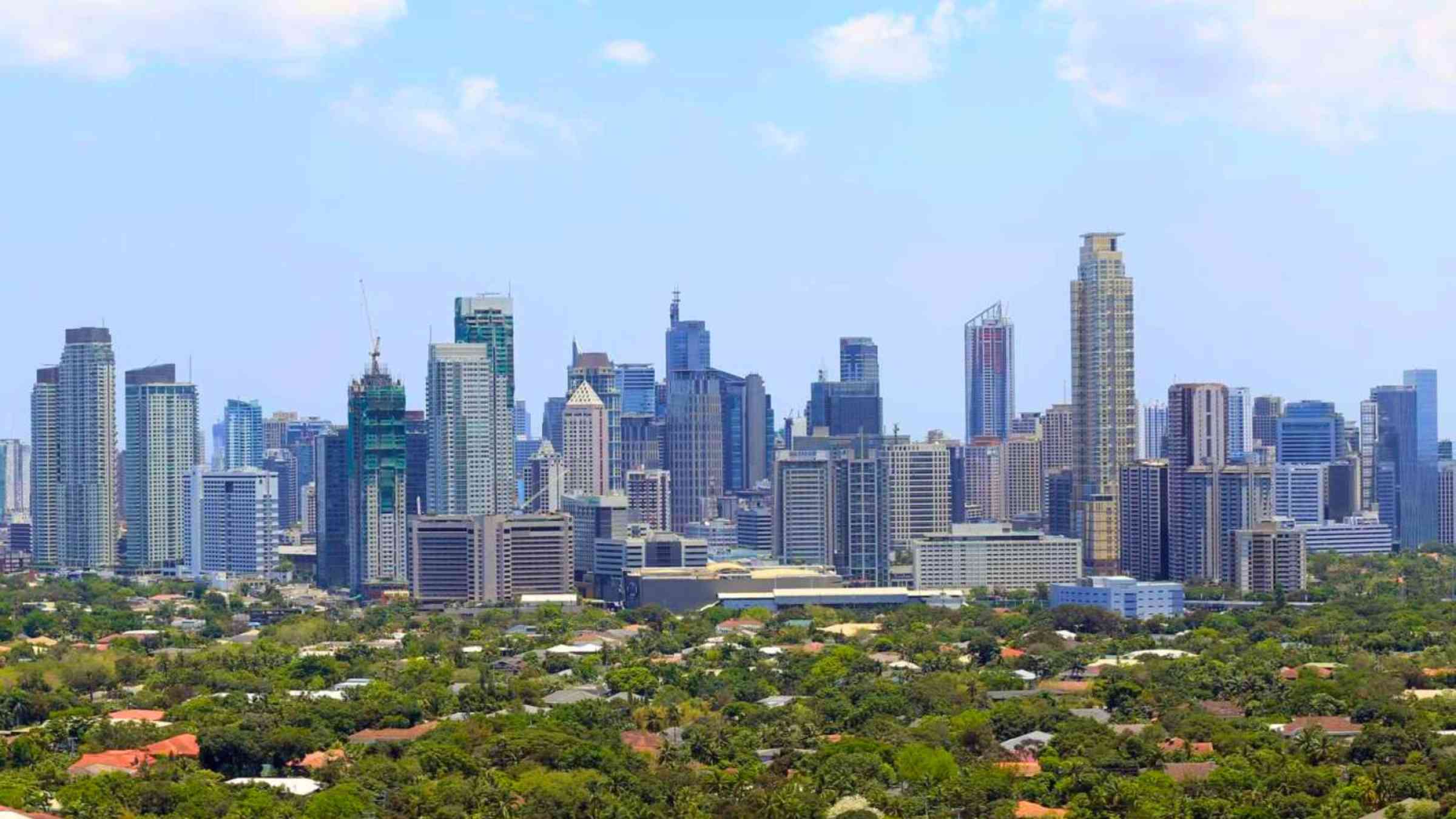


Latest updates
Country information
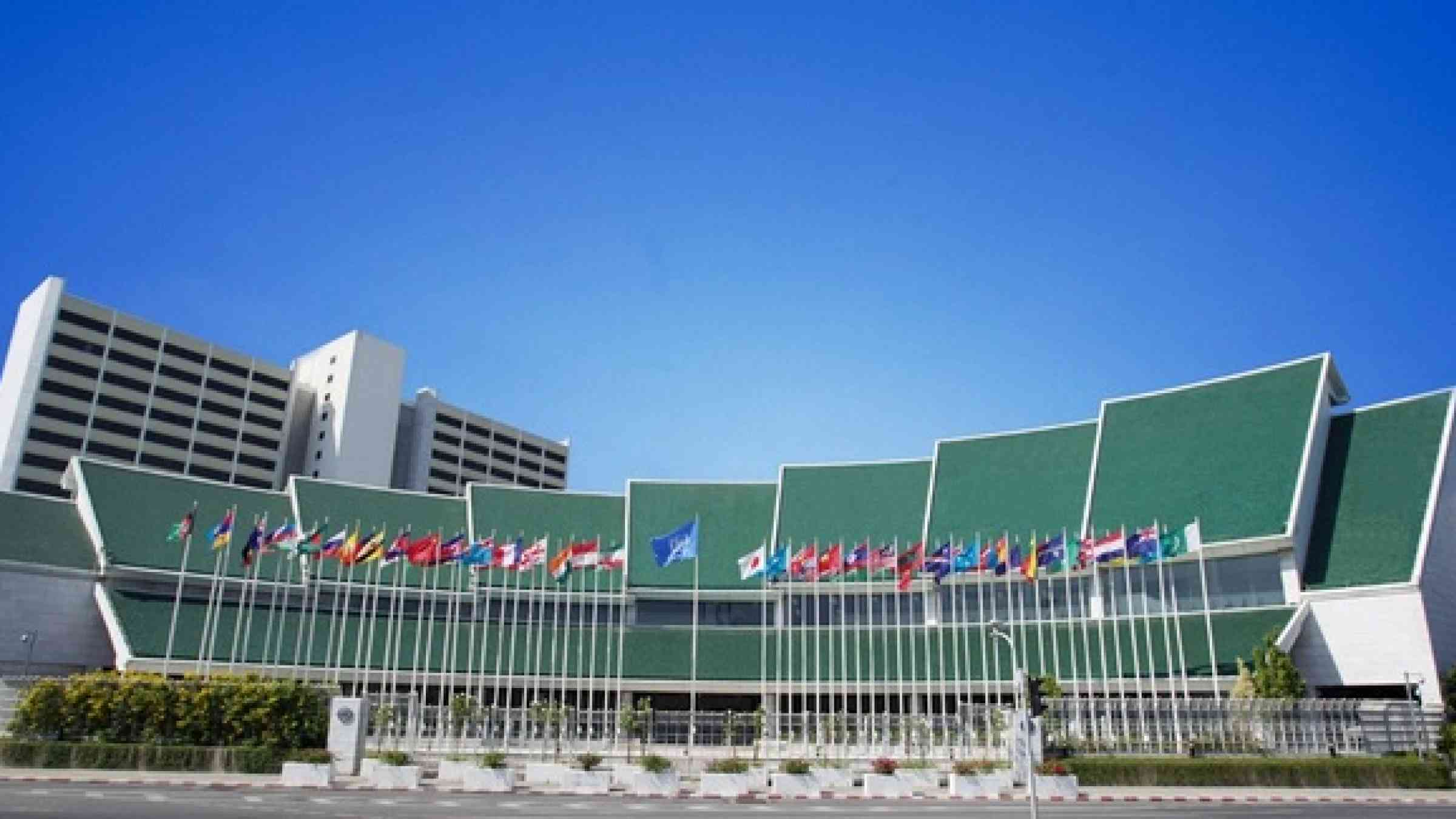
Regional cooperation
The Regional Office for Asia and the Pacific manages or engages with a number of platforms and programs to support disaster risk reduction efforts and accelerate implementation of the Sendai Framework for Disaster Risk Reduction in the region.
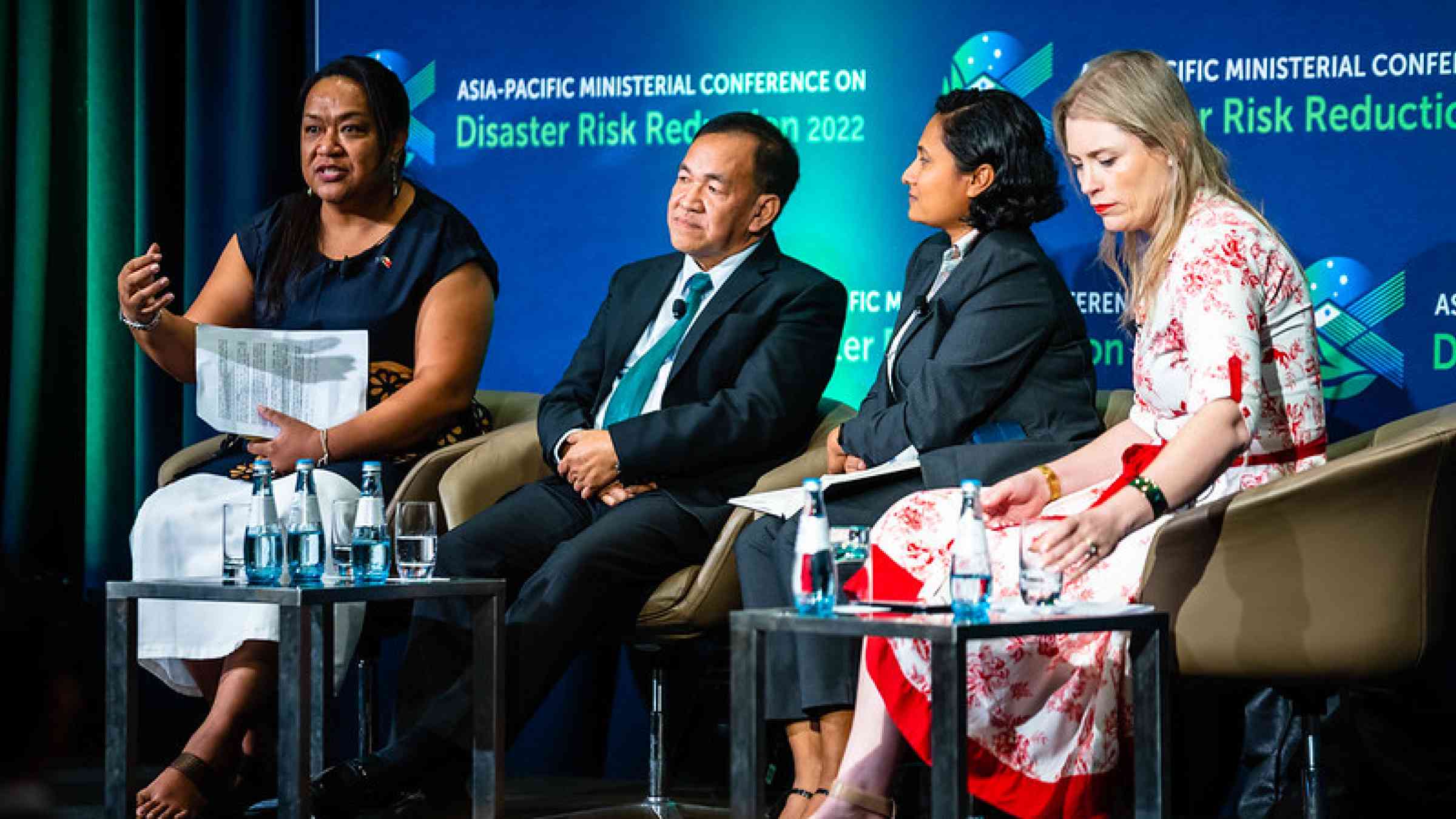
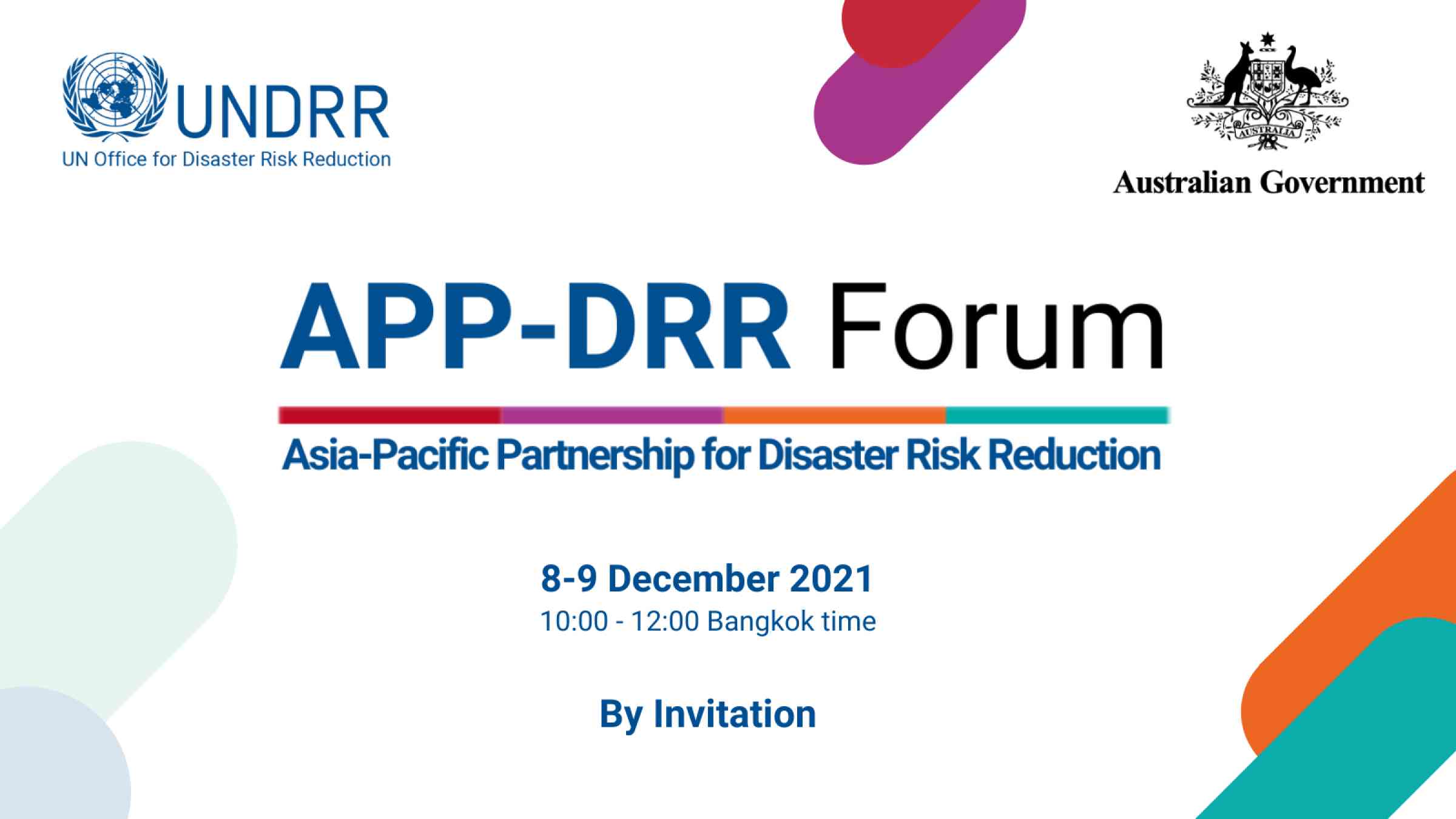
Stay updated
Contact us
Regional Office for Asia and the Pacific
UN Secretariat Building
76 Rajadamnern Nok Ave
Bangkok, 10200 Thailand
Phone: +66 02288 2745
Email: [email protected]
Twitter: @UNDRR_AsiaPac




